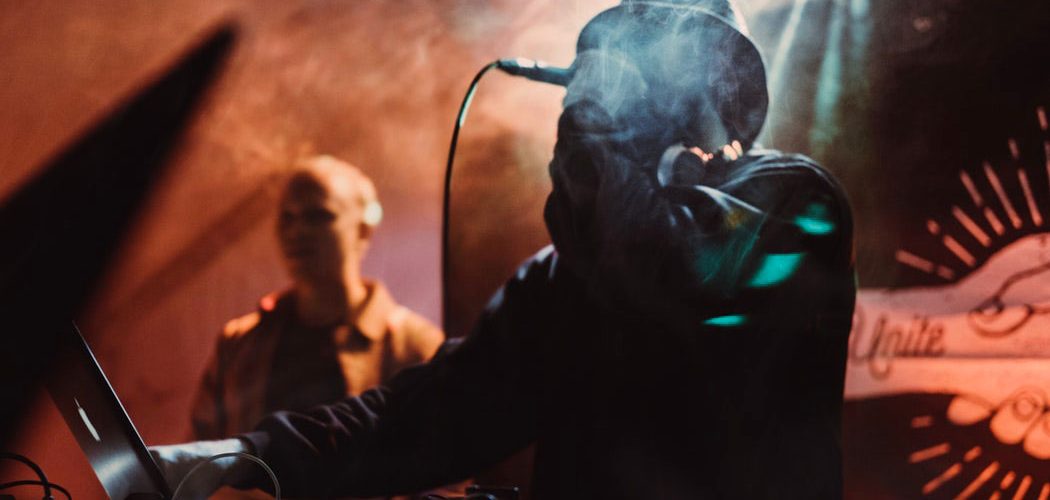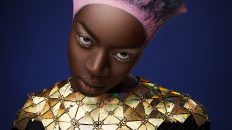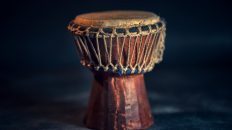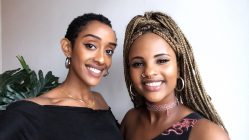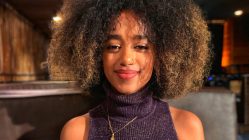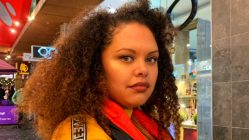Hip hop as both a musical genre and a culture was formed during the 1970s when block parties became increasingly popular in New York City, particularly among African-American youth residing in the Bronx. However hip-hop music did not get officially recorded for the radio or television to play until 1979, largely due to poverty during hip-hop’s birth and lack of acceptance outside ghetto neighbourhoods. At block parties DJs played percussive breaks of popular songs using two turntables and a DJ mixer to be able to play breaks from two copies of the same record, alternating from one to the other and extending the “break”. Hip hop’s early evolution occurred as sampling technology and drum machines became widely available and affordable.
Turntables techniques such as scratching and beat making developed along with the breaks and Jamaican toasting, a chanting vocal style, was used over the beats. Rapping developed as a vocal style in which the artist speaks or chants along rhythmically with an instrumental or synthesised beat. Notable artists at this time include DJ Kool Herc, Grandmaster Flash and The Furious Five, Fab Five Freddy, Marley Marl, Afrika Bambaataa, Kool Moe Dee, Kurtis Blow, Doug E. Fresh, Whodini, Warp 9, The Fat Boys, and Spoonie Gee. The Sugarhill Gang’s 1979 song “Rapper’s Delight” is widely regarded to be the first hip hop record to gain widespread popularity in the mainstream. The 1980s marked the diversification of hip hop as the genre developed more complex styles. Prior to the 1980s, hip hop music was largely confined within the United States. However, during the 1980s, it began to spread to music scenes in dozens of countries, many of which mixed hip hop with local styles to create new sub-genres.
New school hip hop was the second wave of hip hop music, originating in 1983–84 with the early records of Run-D.M.C. and LL Cool J. The Golden age hip hop period was an innovative period between the mid-1980s and the early 1990s. Notable artists from this era include the Juice Crew, Public Enemy, Eric B. & Rakim, Boogie Down Productions and KRS-One, EPMD, Slick Rick, Beastie Boys, Kool G Rap, Big Daddy Kane, Ultramagnetic MCs, De La Soul, and A Tribe Called Quest. Gangsta rap is a subgenre of hip hop that often focuses on the violent lifestyles and impoverished conditions of inner-city African-American youth. Schoolly D, N.W.A, Ice-T, Ice Cube, and the Geto Boys are key founding artists, known for mixing the political and social commentary of political rap with the criminal elements and crime stories found in gangsta rap. In the West Coast hip hop style, G-funk dominated mainstream hip hop for several years during the 1990s with artists such as Dr. Dre and Snoop Dogg. East Coast hip hop in the early to mid 1990s was dominated by the Afrocentric jazz rap and alternative hip hop of the Native Tongues posse as well as the hardcore rap of artists such as Mobb Deep, Wu-Tang Clan, and Onyx. East Coast hip hop also had gangsta rap musicians such as the Notorious B.I.G. and Lil’ Kim.
In the 1990s, hip hop began to diversify with other regional styles emerging, such as Southern rap and Atlanta hip hop. At the same time, hip hop continued to be assimilated into other genres of popular music, examples being neo soul (e.g.: Lauryn Hill, Erykah Badu) and nu metal (e.g.: Korn, Limp Bizkit). Hip hop became a best-selling genre in the mid-1990s and the top selling music genre by 1999. The popularity of hip hop music continued through the 2000s, with hip hop influences also increasingly finding their way into mainstream pop. The United States also saw the success of regional styles such as crunk (e.g.: Lil Jon & the East Side Boys, the Ying Yang Twins), a Southern genre that emphasized the beats and music more than the lyrics. Starting in 2005, sales of hip hop music in the United States began to severely wane. During the mid-2000s, alternative hip hop secured a place in the mainstream, due in part to the crossover success of artists such as Outkast and Kanye West.
During the late 2000s and early 2010s, rappers such as TIP, Lil Wayne, Soulja Boy and B.o.B were the most popular rappers. During the 2010s, rappers such as Drake, Nicki Minaj, J. Cole, and Kendrick Lamar all have been extremely popular. Trap, a sub-genre of hip hop, also has been popular during the 2010s with hip hop artists and hip hop music groups such as Migos, Travis Scott, Future and Kodak Black.

